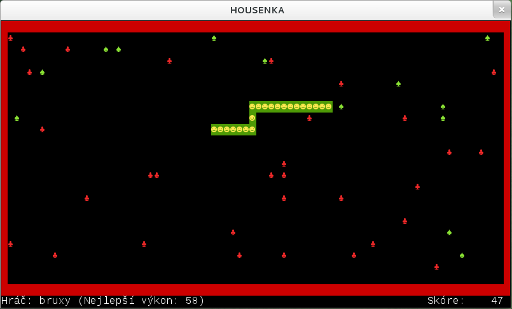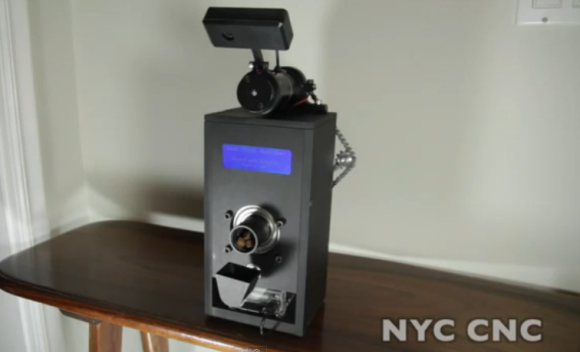Here’s a collection of tricks to get over some surface mount prototyping issues the next time you find yourself in a bind. But first we have to address the soldering atrocity seen on most of the components above. [Rxdtxd] admits he’s using a firestick for soldering his SMD parts. The non-brand 40W iron is just about the worst thing he could be using (well, we guess a candle would be worse). Try to overlook those joints and enjoy his solutions to a couple of other problems.
First up is what to do when you lift a fine-pitch trace like would be found on a TQFP footprint. The fix for this is to grab a junked transformer and use a bit of the enameled wire from the wrappings as a jumper. The wire is quite fine, and the insulation will burn off when soldered which means you don’t need to strip it first.
The second and third tricks both deal with resistors. As you can see above he placed two 1K resistors on a single resistor footprint to make his 2k resistor. The 0603 packages were both soldered standing on end, then connected with a lead from a through-hole component. The other resistor hack piles five components on top of each other to build resistance in parallel. This is not a great idea as it will fail over the long-term, but it will get you though the prototyping stage as long it doesn’t require precise tolerance.

















